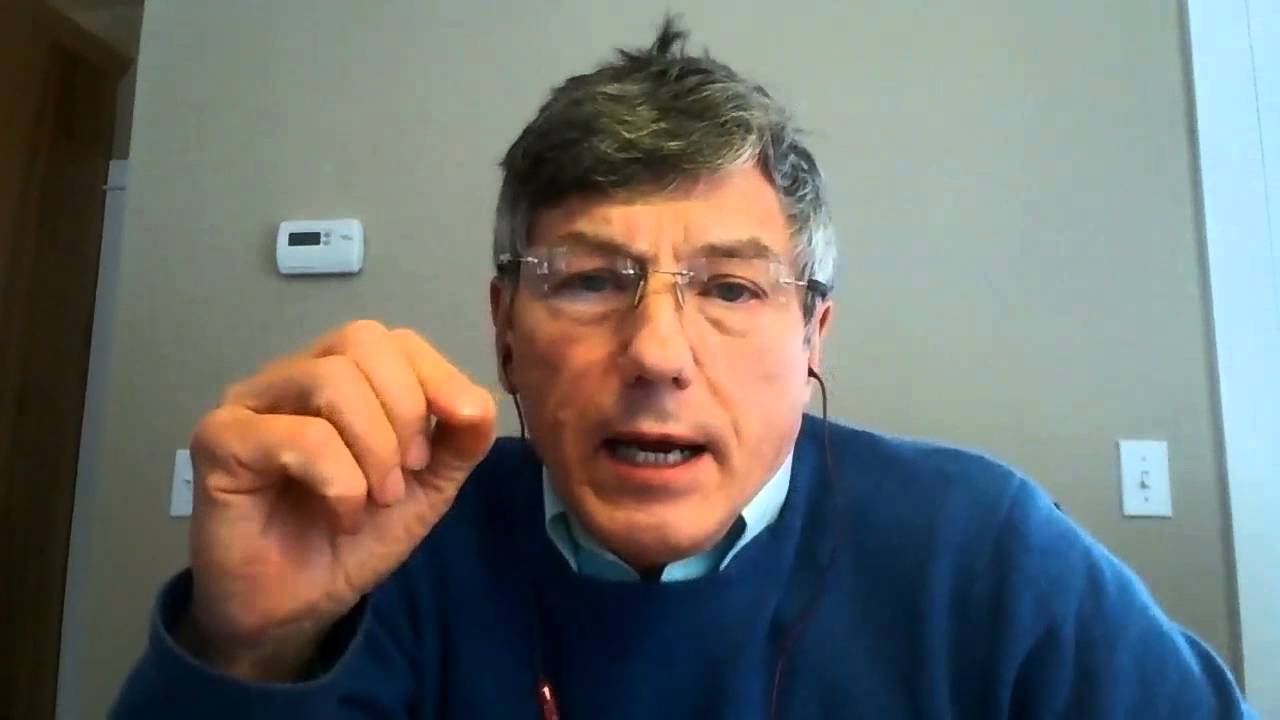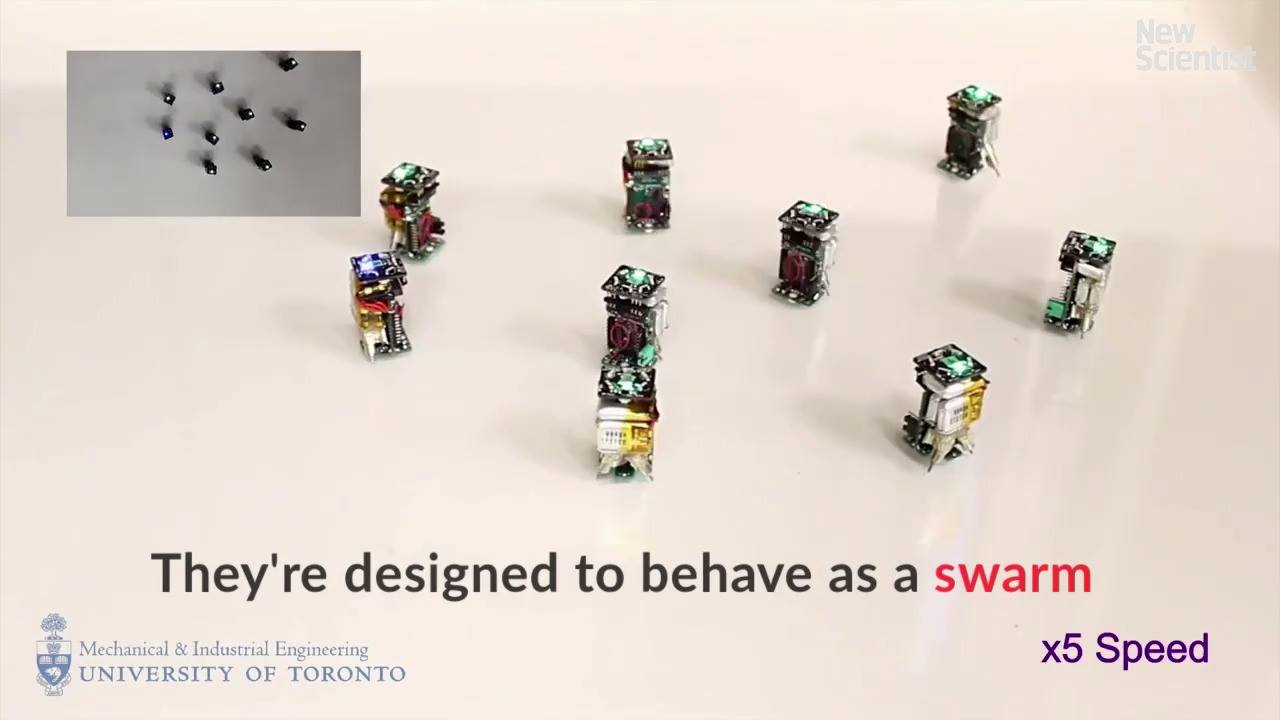Oct 31, 2016
Bitcoin Fungibility: A Benefit of privacy & anonymity
Posted by Philip Raymond in categories: bitcoin, cryptocurrencies, economics, internet, privacy
I was pointed to this article by Jon Matonis, Founding Director, Bitcoin Foundation. I was sufficiently moved to highlight it here at Lifeboat Foundation, where I am a contributing writer.
On Fungibility, Bitcoin, Monero and ZCash … [backup]
This is among the best general introductions I have come across on traceability and the false illusion of privacy. The explanation of coin mixing provides and  excellent, quick & brief overview.
excellent, quick & brief overview.
Regarding transaction privacy, a few alt-coins provide enhanced immunity or deniability from forensic analysis. But if your bet is on Bitcoin (as it must be), the future is headed toward super-mixing and wallet trading by desgin and by default. Just as the big email providers haved added secure transit,
Bitcoin will eventually be fully randomized and anonymized per trade and even when assets are idle. It’s not about criminals; it’s about protecting business, government and individuals. It’s about liberty and our freedoms. [Continue below image]
Continue reading “Bitcoin Fungibility: A Benefit of privacy & anonymity” »

















